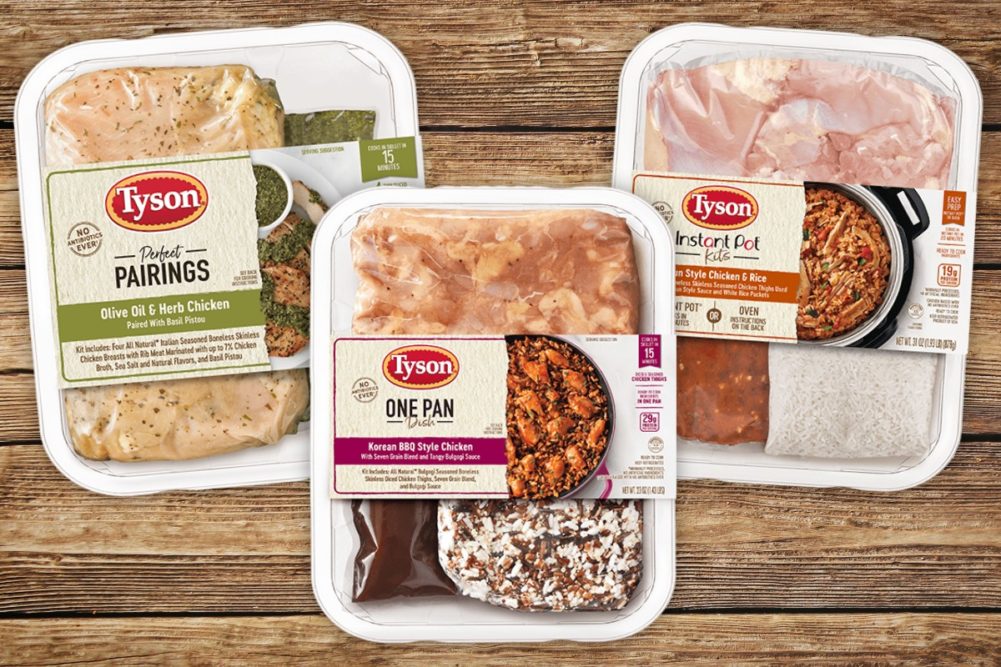SPRINGDALE, ARK. – Tyson Foods Inc. reported its second quarter results on May 4, which reflected the negative impact of an unprecedented shift in consumer buying patterns as a result of the coronavirus (COVID-19) pandemic, compounded by processing plant closures at many of its facilities and production cuts at others.
For the second quarter ended March 28, Tyson’s net income dropped to $364 million, down 14.5% compared to $426 million in the same period a year ago, with adjusted earnings per share of the common stock of 77¢ compared to $1.20 in 2019, a decrease of 35.83%. Sales for the quarter topped $10.88 billion, including an 86% jump in its International/Other segment, which topped $465 million compared to $277 million during the same period last year.
Sales of Tyson’s Beef segment of $3.98 billion, a 2.7% increase over the previous year’s $3.88 billion. The Pork segment’s sales of $1.27 billion represented a 2% increase over the same period last year, when sales were $1.17 billion. Prepared Foods results were basically flat with sales of $2.08 billion in Q2 compared to $2.03 billion in 2019. Chicken segment sales for the quarter were down 1.5% to $3.39 billion compared to $3.40 billion.
Noel White, Tyson chief executive officer, said the company is adjusting operations at its plants to ensure production and the safety of its workers.
“The health and well-being of our team members remains our top priority as we fulfill our critical role feeding the world in these uncertain times,” White said. “We have instituted safeguards that meet or exceed CDC and OSHA guidelines at all our facilities to protect our teams and keep our workers, families and communities safe.”
While the company has pivoted its business to focus on retail customers to offset the drop in foodservice demand, officials said the company has seen shortfalls in other parts of its businesses directly related to COVID-19. While growth in its global business is expected to continue, it isn’t enough to offset rising operational costs looking forward.
“During the quarter, we witnessed an unprecedented shift in demand from foodservice to retail, temporary plant closures, reduced team member attendance, and supply chain volatility as a result of the virus,” White said. “Despite these challenges, we were able to adjust our product mix and redirect products to the appropriate channels.”
“We continue to proactively manage the company and its operations through this global pandemic,” the company said. “Given the nature of our business, demand for food and protein may shift amongst sales channels and experience short-term disruptions, but over time we expect worldwide demand to continue to increase. We are experiencing multiple challenges related to the pandemic. These challenges are anticipated to increase our operating costs and negatively impact our volumes for the remainder of fiscal 2020. Operationally, we have and expect to continue to face slowdowns and temporary idling of production facilities from team member shortages or choices we make to ensure operational safety. The lower levels of productivity and higher costs of production we have experienced will likely continue in the short term until the effects of COVID-19 diminish.”
White said the future of the company’s performance depends largely on the persistence of the pandemic.
“While we cannot anticipate how long the challenges presented by COVID-19 will persist, we remain focused on driving long-term growth,” he said. “Our solid balance sheet, ample liquidity, scale and diversity continue to give us confidence in our long-term outlook.”


